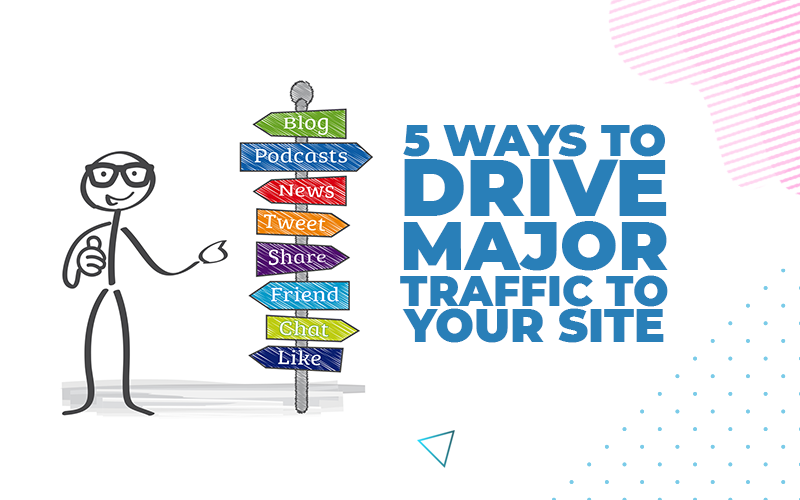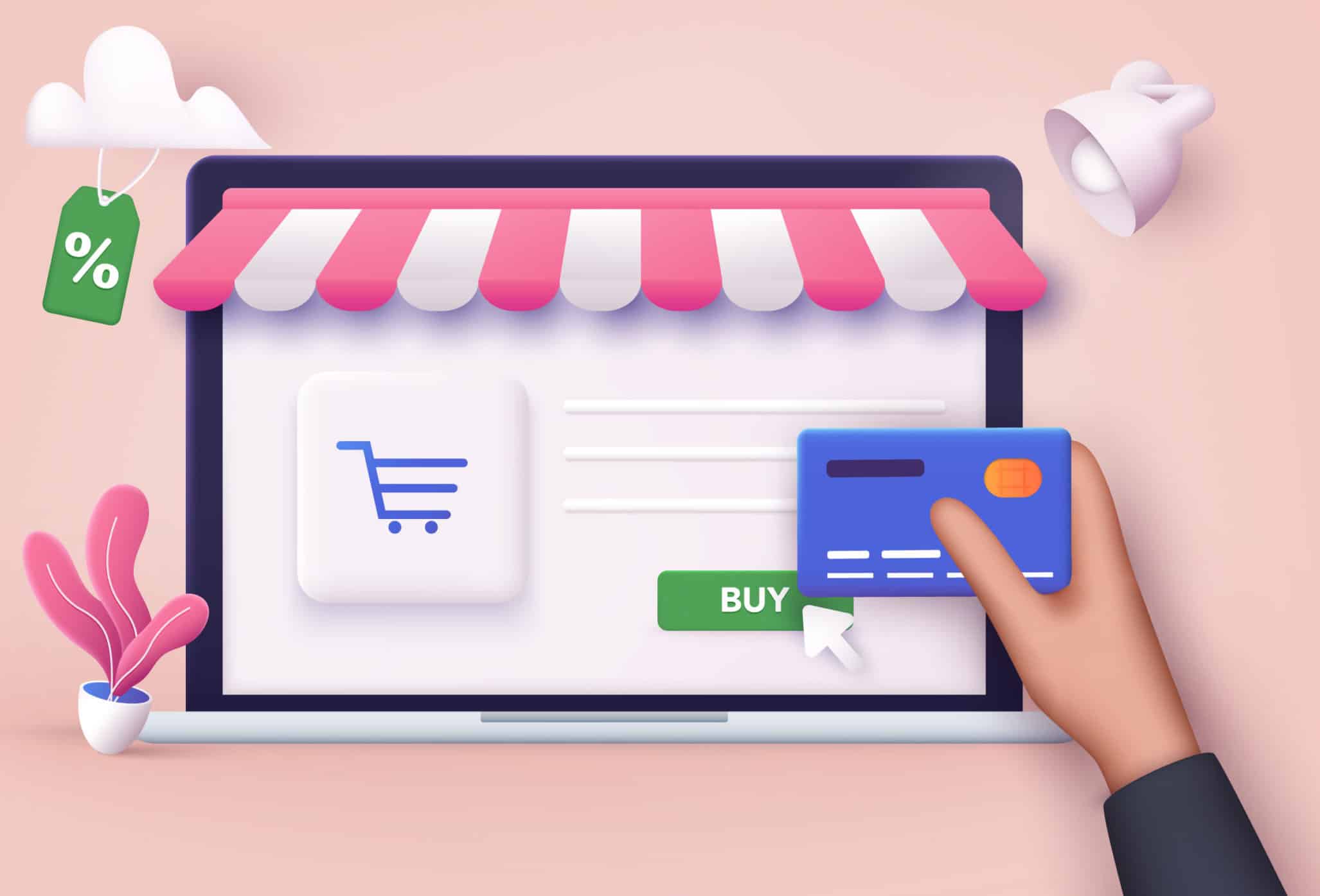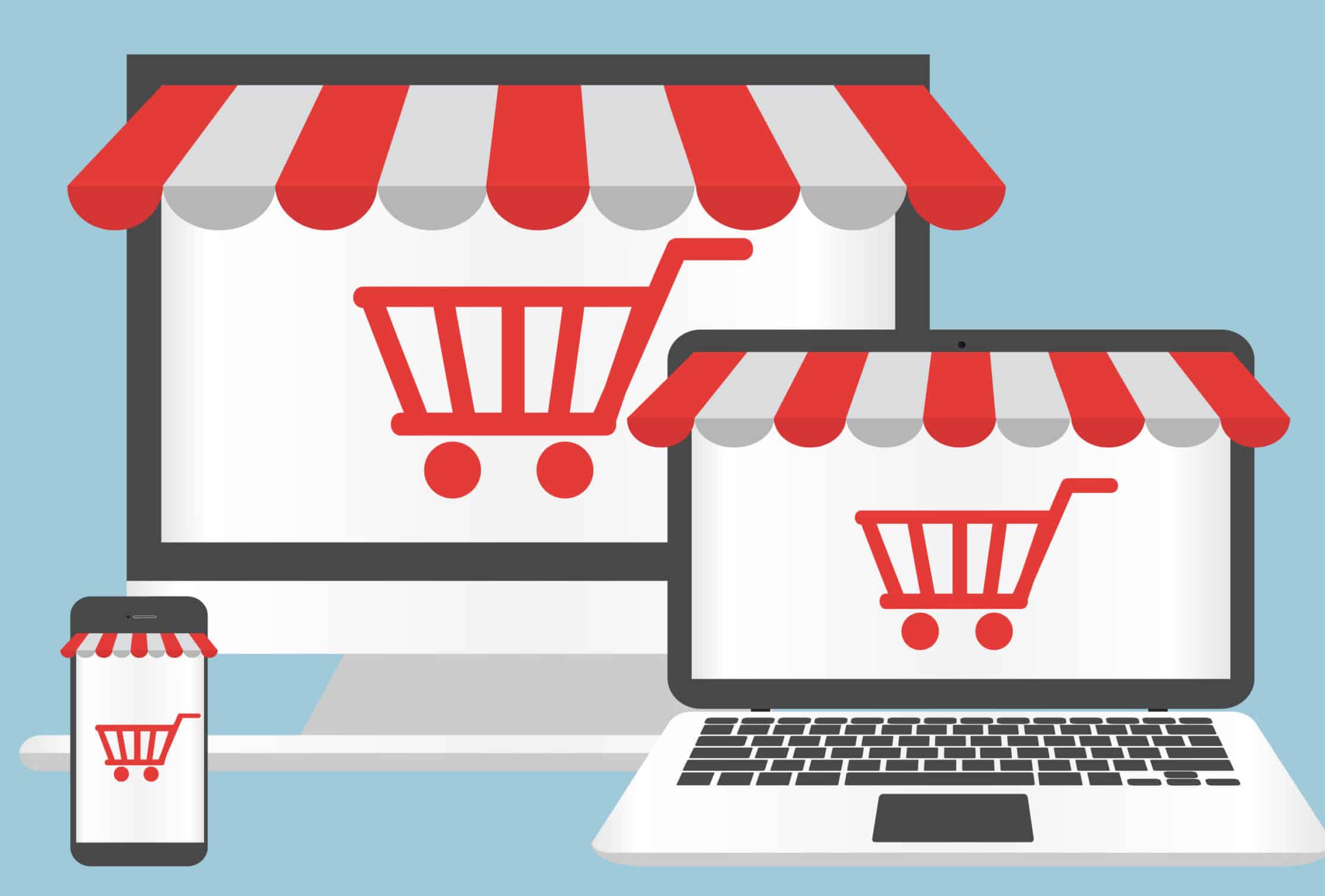So, you’ve created your website or eCommerce store? Now what?
Well, you need customers, right?!
But how do you drive traffic to your store?
This article will give you a basic overview of the sources that could generate major traffic for your website.
Drive Major Traffic Source #1: Facebook Ads
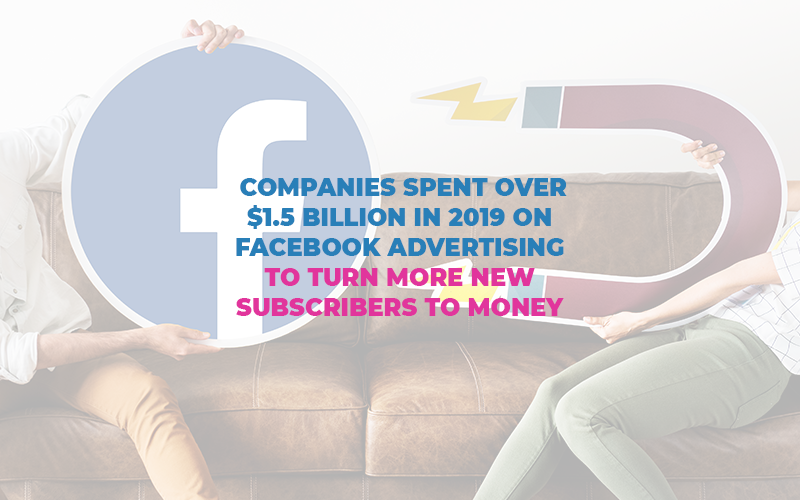
Undoubtedly, the reigning king of website traffic is Facebook, and more specifically Facebook Ads. Gone are the days that you can post a few organic posts on Facebook and expect to drive major traffic to your eCommerce store.
Yep, that’s right: to use this lucrative form of traffic, you have to pay for it.
But 9 times out of 10, it is entirely worth it!
Hundreds of thousands of online brands use the power of Facebook and Instagram marketing to help them reach their customers In fact, companies spent over $1.5 billion in 2019 on Facebook advertising to turn more new subscribers to money.
Unfortunately, many people have had bad experiences with Facebook ads though. But usually, that’s because of 1 of 4 things:
- Their ads or offer didn’t resonate with their audience
- Their budget was too low (yes, you generally can’t have a budget of $100 and expect to sell 100 products at $100 each)
- They haven’t set up their ads properly
- They didn’t hold their nerve (Facebook requires a certain amount of testing, time and tweaking)
But how can you make sure you don’t do one of the above when you first start out? Well, it is simple: do some research.
There are literally THOUSANDS of blogs and YouTube videos out there which will guide you through setting up Facebook Ads, making content and testing content.
Run correctly, Facebook Ads can help drive traffic to your site and give you a positive ROAS (return on ad spend).
Some Quick Beginner Tips
If you’re going to run effective Facebook ads to drive major traffic to your dropshipping store, there are a few important things you need to know. Well, actually, there’s quite to learn about Facebook. You could quite literally go down a rabbit hole for days learning various things about ads (quite frankly, as a Facebook Ads Manager, I find myself learning something new every single day).
So, with that said, as a beginner, you may think it’s impossible to quickly and easily set up Facebook Ads for your dropshipping business.
Well, that’s not the case at all.
As long as you know these few things, you can easily create awesome ads for your dropshipping store.
- Allow Facebook to do its thing. The Facebook algorithm is so advanced that it knows better than you, who you should be targeting with your ads. Other than narrowing sex, age and location, often you can let Facebook figure out exactly who wants to see your ads. As a beginner, toying with targeting can hinder your efforts, rather than helping them.
- Create custom content. Unless your suppliers have killer content (which most don’t), you may need to take your own pictures and videos of your products. Order your product to be sent to you so you can do this.
- Make an awesome video ad showing what your product is and what it does. If you can’t do this yourself, hop on Fiverr.com and get one made cheaply. Make sure the first 3 seconds of your ad will hook people in!
- Don’t over complicate copy. Keep it simple and clean.
Drive Major Traffic Source #2: Google Ads
Before Facebook Ads, there were Google Ads. While Google Ads still exist, many eCommerce brands overlook them.
But why is that the case?
Well, usually, it’s because when they’re doing their research into how they start an eCommerce brand in the first place, it’s rarely mentioned. Facebook is generally what many eCommerce YouTubers talk about in their tutorial videos. “How-To” blogs always mention Facebook Ads. So it’s no surprise that many people start (and often end) here.
Why You Should Consider Google Ads For Your Ecommerce Store?
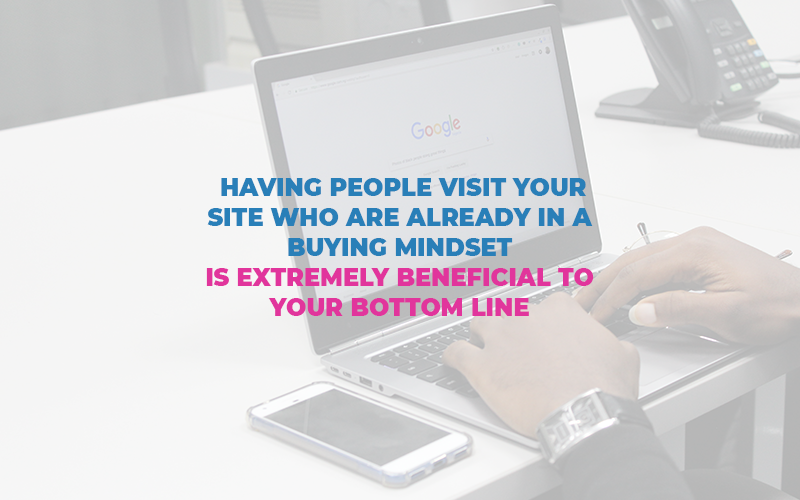
When people click through to your website from a Google Ad, their intent is often different to when they click through from Facebook. They have actively sought out your product or service via a Google search. Meaning that they are probably in the market to buy what you’re selling. Having people visit your site who are already in a buying mindset is extremely beneficial to your bottom line.
When they click through from Facebook, they have simply been shown an ad with a product or service that piqued their interest.
When Should You Use Google Ads over Facebook Ads?
In the light of the different click through intents of potential customers coming from each platform, you may be wondering when you should use Google Ads and when you should use Facebook Ads.
Surely, you should only use Google Ads since people are looking to buy? Well, not really!
For many industries, Facebook Ads are still the best way to drive major traffic to their website and have it converted. This is especially true if your product is an impulse buy or you’re running a great offer. Stores that sell clothing, cool novelty items and products under $30 can do really well with Facebook Ads.
For some industries though, targeting people through Facebook Ads may not be a good idea as the first port of call. Some brands, products and services just lend themselves to being marketed through search instead of within people’s news feeds.
Usually, this involves high-end, non-impulse buy products, certain gifts-related products and services, some home renovation services etc. Really this is down to whether you can target these people on Facebook.
Facebook’s targeting is incredible, but sometimes it just can’t pinpoint the exact people you’re looking for.
For example, if you have a company that operates a luxury flower delivery service. You want to target wealthy people who have a friend or family member who loves plants and happens to be moving house. You may struggle. While Facebook does have the capability to do most of that, it may leave you with a pool of people too small to show ads to anyway!
Now, I’m not saying that these types of stores should completely steer away from Facebook Ads. But if you’re going to pick one way to market, Google Ads might be the better option.
The Facebook-Google Combo
Some of the most successful eCommerce stores use a combination of the two platforms to drive and convert huge amounts of traffic. While some use Google Ads as their top of funnel and re-target on Facebook. Some use Facebook Ads + Google Ad’s Google Shopping.
The ways to use these two marketing powerhouses are endless. You just need to find a way to use them to your advantage for your own business.
Drive Major Traffic Source #3: Influencer Marketing
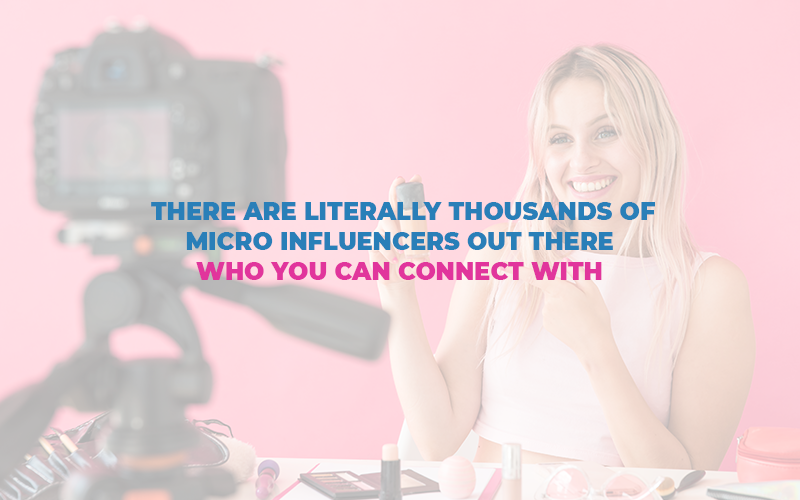
Influencer Marketing has become big business over the past 5 years. You’ve likely seen famous Instagram influencers spruiking the latest product on their social media accounts more than once. While getting the likes of Kylie Jenner to promote your products may be out of your ballpark. There are literally thousands of micro influencers out there who you can connect with.
So, how can you get some influencer promotion for your product? Here’s a quick method for you to get started…
- Find influencers in your niche. Micro-influencers with under 20,000 followers are often great to work with. They won’t cost you an arm and a leg and their audience is generally extremely engaged. You should check their engagement is proportionate to their follower count to make sure they are not employing any dodgy tactics.
- Negotiate. Some influencers will simply ask you to send them your product in exchange for posts or story mentions. While some will request monetary compensation and product in exchange for shoutouts.
- Influencer Affiliate Code: To make things a little more worthwhile for your influencer and to help boost sales, you can give your influencer an affiliate code. This will help in earning money and also give a discount to their audience.
- Track your success: The world of influencer marketing is so variable. There is no set amount that influencer should charge. There is no real baseline for how much traffic or sales you should make per post. It is perhaps among the most risky marketing tactic, but it can also be the most lucrative. It is for that reason that you must track your success (or failures) so you can make good decisions about how to work with influencers in the future.
Instagram has been the playground of influencers for many years and is still a great platform to use for influencer marketing, but don’t forget the other players in the game. YouTube is an option that you should consider too. Here the content is evergreen and doesn’t disappear after 24 hours or get pushed down a feed. YouTube videos can be watched over and over for years!
More recently, TikTok influencers have begun to emerge, so exploring the social world’s newest player may be a great avenue too.
Drive Major Traffic Source #4: Content Marketing
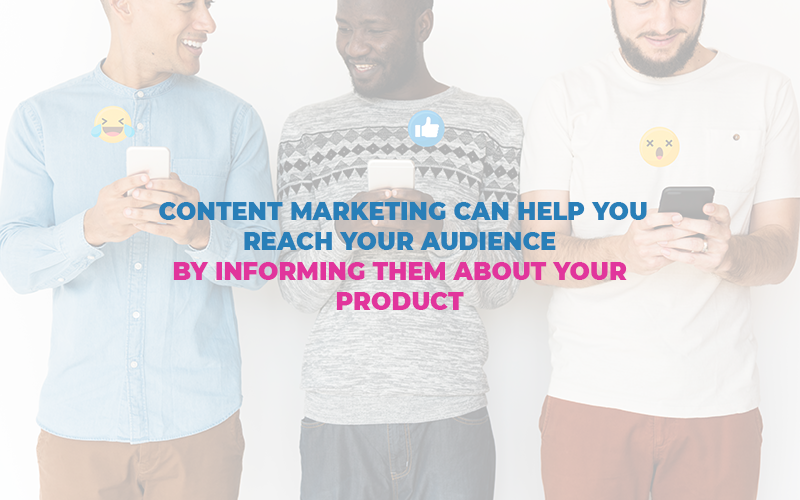
If you’re looking for quick sales, the above three options are almost certainly the best paths to choose. But for those with a limited budget, there is another way.
Content marketing can help you reach your audience by informing them about your product (on a general level), rather than selling it to them. It’s a slow burn, and could take months or even years to pay off. But content marketing not only positions you in the market, but it can also position you as the expert in it!
So, what is content marketing?
Well, put simply, it’s any way you can put ‘content’ out to an audience which informs, entertains or intrigues them. For example, if you have a timber flooring company you could, write blogs about how to care for timber floors. You can create video tutorials teaching people who to lay floors . Moreover you can also share images on social media to give people #inspo for designing their home to include timber floors.
Who should use content marketing?
The simple answer is, every business!
Even if you’re using Facebook Ads, Google Ads and influencer marketing, content marketing helps to give you longevity in your industry. It helps to make better connections and build rapport with your audience and reduce overall costs for marketing.
For those who can’t afford to run ads or pay influencers, simply putting a little time into content marketing on a weekly basis can pay off big time. But you do have to be patient!
Drive Major Traffic Source #5: Guest Blogging
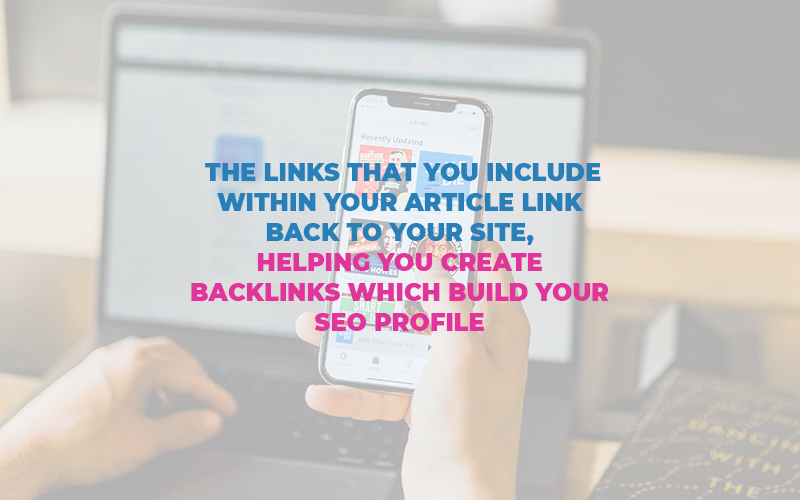
Guest blogging is almost an extension of content marketing. It requires you to write about a topic in relation to your business in a non-salesy, informative/entertaining way. The only difference is instead of posting such articles on your own site, you’re posting them on someone else’s.
Now, obviously, you can’t just do that without permission. So finding websites relevant to your niche and contacting them to offer a free piece of content is where guest blogging really starts. Let’s take the timber floor example above. This business should look for websites in the home decor niche (initially as this may be able to expand later) and offer them a piece of content relevant to that website AND the business eg. 5 Unusual Ways To Clean Your Hardwood Floor or Is Hardwood Floor Right For You? 12 Fact To Help You Decide.
The reason guest blogging works is two-fold. The main reason is that it is great for SEO. The links that you include within your article link back to your site, helping you create backlinks which build your SEO profile. Secondly, it boosts awareness and exposure for your brand
Here are my top tips for securing positions
- Find websites in your niche which have a blog and are accepting guest posts by searching Google for “your niche”+ “write for us”/”contribute”/”guest post” or any variation of this.
- Reach out to them via email and suggest 3 titles for blogs you’d be happy to supply
- When they come back to you accepting, write the article and make sure you include a link somewhere within the text back to your site.
- Repeat!
As with content marketing, the pay-off isn’t instant, but it is worth putting the time in to do it.
The Takeaway
Driving traffic to your website can either be quick and costly (Facebook, Google and Influencer Ads) or slow and cheap (content marketing and guest blogging. Generally, there is no in-between.
That said, the ‘quick and costly’ way should never be so costly that it doesn’t generate profit. Your return on ad spend should be high enough to enable you to keep driving traffic to your site. This may take a little while to perfect but essentially, spending money to drive major traffic to your site is the best investment you can make if you really want to make money online.
